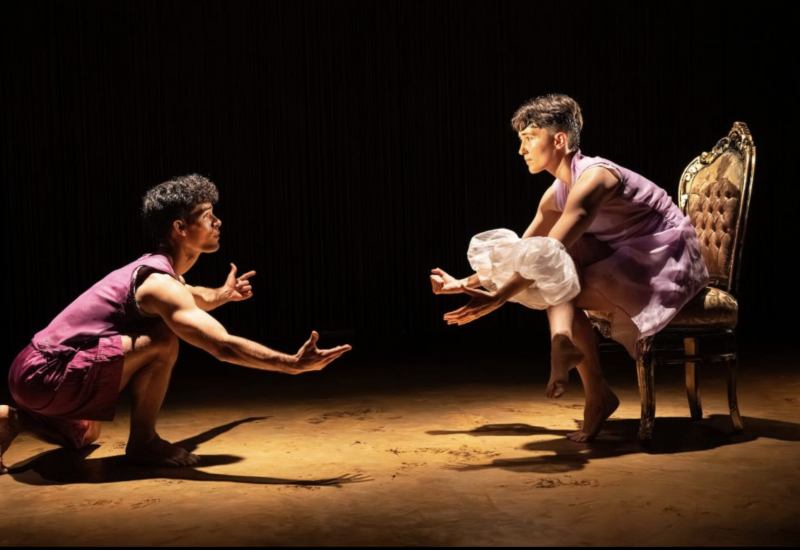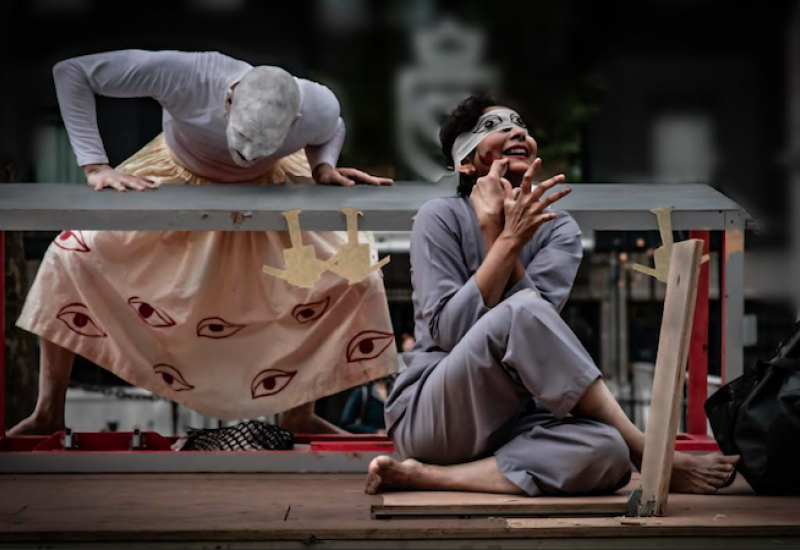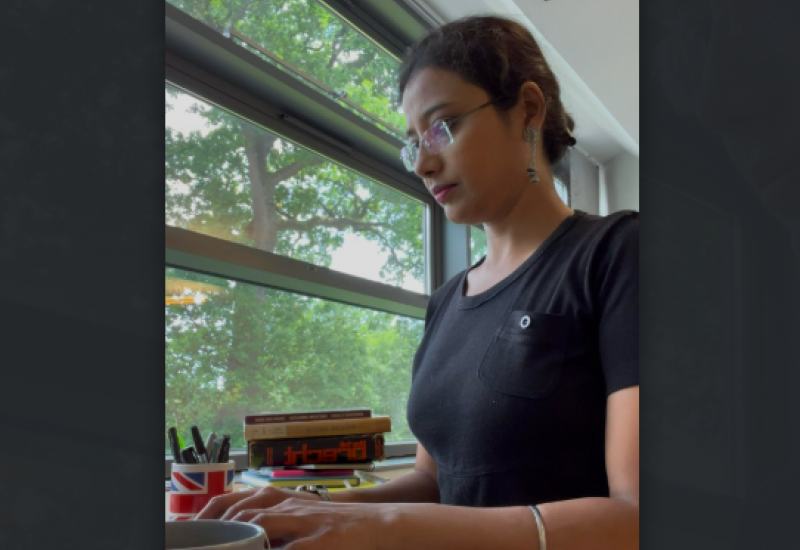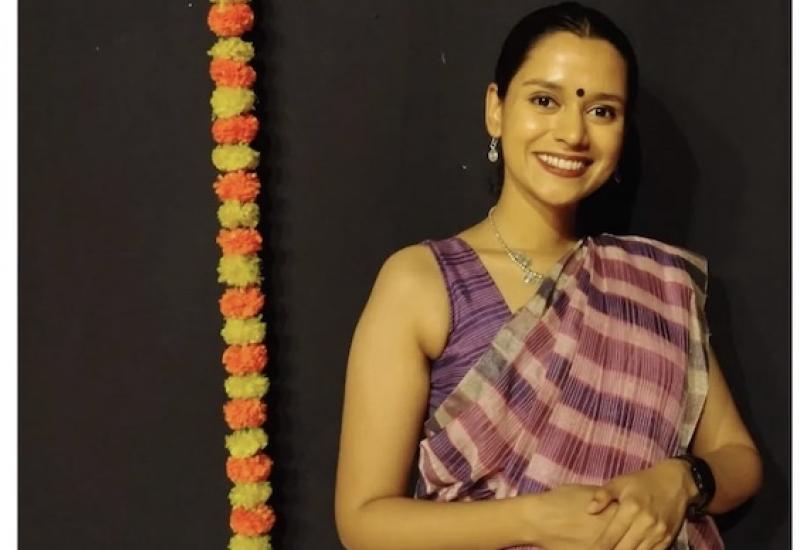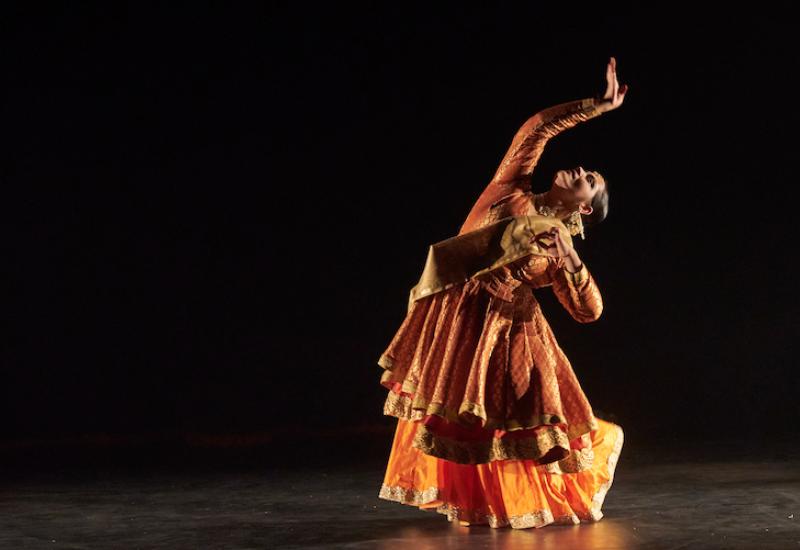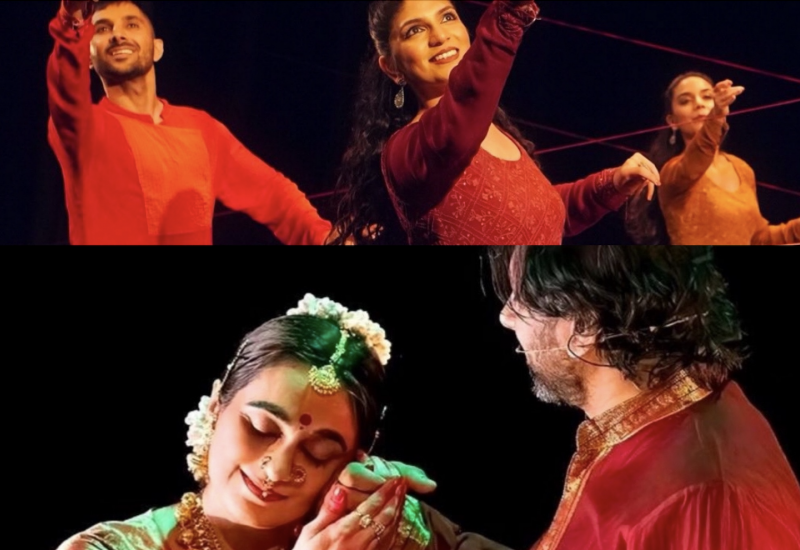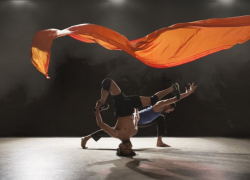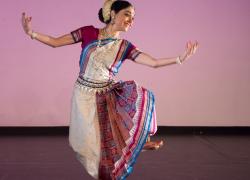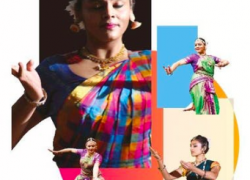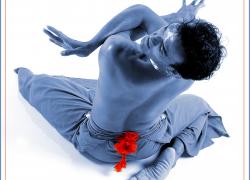Darbar- Reflections
The second dance Darbar Festival at Sadler's Wells provides some food for thought
The second Darbar Festival (24-26 November 2018) concluded on Sunday evening at the national dance house, Sadler’s Wells, having showcased three of the major South Asian dance styles by dancers from India. The aim of the curator Akram Khan was to put on centre stage classical forms which he observed at the ‘In Conversation’ on Friday ‘have been side-lined’. (Please see On Curating Darbar - Akram Khan talks to Parbati Chaudhury)
So a good question to start with is – are the dance styles themselves the subject of the Festival? The programme titles and free sheets seem to suggest so: ‘An Evening of Bharatanatyam’, ‘Adventures in Odissi and Kathak’, have the tone of an ‘Introduction to the styles’. Yet we have four amazing dancers and choreographies from a range as diverse as: the architect of odissi, Kelucharan Mohapatra, with works created between 1970-2000 and danced by Sujata Mohapatra; Gauri Diwakar performing works created on her by the contemporary kathak artist/choreographer Aditi Mangaldas (2017); and the bharatanatyam duet set on Renjith Babu and Neha Mondol Pal by Europe-based international artist Mavin Khoo (November 2018).
This seems to suggest that the curators had more in mind than to simply give us ‘tasters’ to the three dance styles. Does the Festival then aim to show the ground-breaking new work by classically-trained artists? Within that aim is the scope of showing ‘the lineage’ that Assistant Curator Mavin Khoo spoke passionately for in the ‘In Conversation’, but also to show the new trends – Aditi Mangaldas and the possibilities when a choreographer exposed to dance in the West gets the chance to work on two superbly trained and honed bodies.
To judge the success of the two aims, let’s look at the choice of performers and the manner of presentation. The ‘Evening of Bharatanatyam’ definitely had the audience ignited by both the virtuosity of the dancers and by the partner work that is rarely seen in bharatanatyam. (See review by Shivaangee Agarwal).The rationale of dancers from India being flown over and the piece being created over a short period is the problem. Had the choreographer received a proper commission, and showed us the fruit of an extended period of development, then absolutely no issue. In this case Renjith and Neha were the raw material of the choreographer – they were not bringing their own unique perspective from India.
Sujata Mohapatra is an extremely accomplished dancer, with textbook perfection in her bhangis, footwork, control of rhythm and convincing abhinaya. However, she sees her role as an upholder of her Guru’s choreography. In that Sujata conveyed the narrative dance of Ramayana with great aplomb and convinction. Gauri Diwakar is a wonderful dancer, alternating between sharpness and liquid grace as Donald Hutera notes (See review by Donald Hutera). Yet, as he concludes, I could ‘witness her joy, ..without ultimately sharing it’.
I have pondered long to consider why the evening was not fully satisfactory. For one both artists are constrained by truncated performances. We cannot fully savour the aspects of odissi which are sringar (romantic/erotic) and bhakti (spiritual) within three items. Similarly, we don’t get a chance to see Gauri doing the opening warm up sequences, to establish the kathak style before the new piece ‘Hari….’ with its sharp –changes of rhythm and pace is presented.
In the concluding duet each dancer individually is splendid but together do not offer more than the sum of the parts.
Perhaps an evening of two halves allowing both artists to grow and to reveal their personalities would have done them more justice.
Creating a frame and a context for the audience too, would also have vastly improved the audience experience. How marvellous, the duet you are about to see was created recently by Mavin Khoo who is also conversant in the languages of ballet and contemporary! It is a fascinating fact in today’s divided world that Muslim singers in medieval India wrote songs in praise of the Hindu god Krishna. Such hooks would have given frames of reference to the audiences.
Therefore, to return to the opening questions: What does the Festival aim to showcase? Surely the answer must be: the best that classical Indian dance can offer from wherever it comes and put across in the best possible light? Therefore, the net for selection could be cast far and wide, including the work of artists in India, Europe and the UK who are wrestling with issues of addressing today’s reality through their classical forms. Are we not missing the sheer diversity and creativity coming from UK based artists?
To carry this commitment of showcasing the best also needs intense questioning of what each artist brings to the table and how their significance can be communicated to audiences. We would need contextualising programme notes and biographies; Q and A’s and ‘In Conversations’.
We realise this is a huge undertaking for a music organisation which cannot be fully informed of the current state of play in the dance sector. We are grateful to Akram Khan for taking this task on and it would be wonderful if a dedicated creative producer worked with him to programme a Festival that truly put South Asian dance on the map of London. A South Asian ‘Dance Umbrella’.
We hope that the questions raised will take the debate forward of what the most prestigious Festival of South Asian dance in the UK could mean to artists and audiences.







